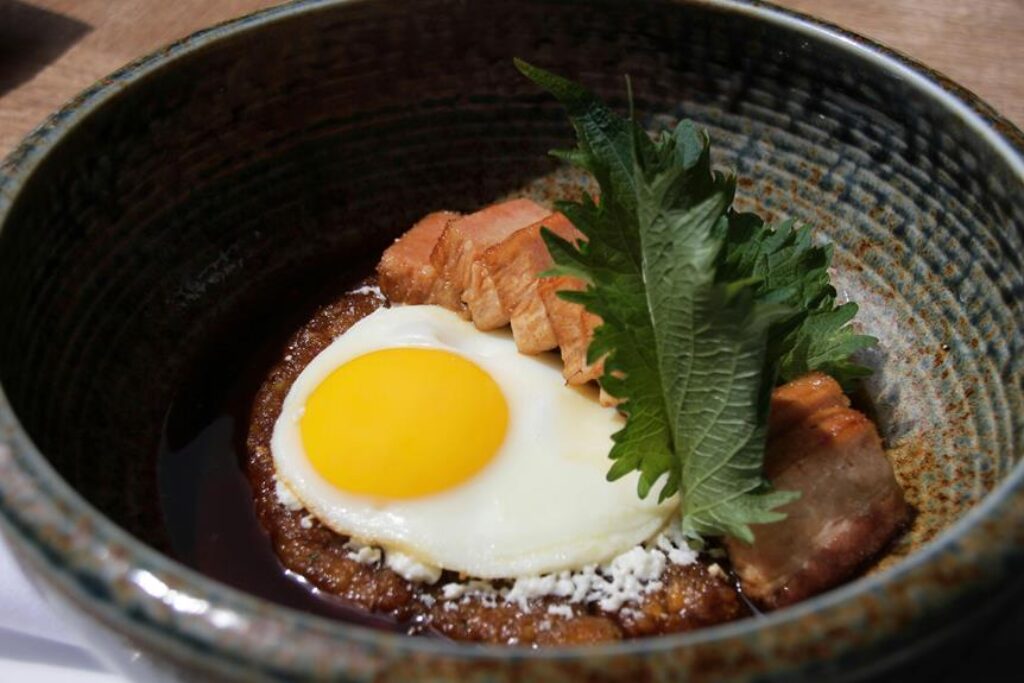
When aiming for the perfect poached egg, a crucial element is mastering the art of maintaining the right water temperature. This delicate balance is key to achieving that coveted runny yolk and beautifully set egg whites. But how do you ensure that the water remains at the ideal temperature throughout the poaching process? Let’s explore this essential step further to elevate your poached egg game.
Selecting the Freshest Eggs
When choosing eggs for poaching, always opt for the freshest ones available. Fresh eggs have firmer whites, which helps them hold their shape better when poaching. To determine the freshness of an egg, you can perform a simple test. Fill a bowl with water and gently place the egg inside. If the egg sinks and lies flat on its side, it’s very fresh. If it stands upright at the bottom, it’s still fresh but not as ideal for poaching. However, if the egg floats to the surface, it’s best to discard it as it’s no longer fresh.
Another aspect to consider when selecting eggs is the size. For poaching, it’s recommended to use large or extra-large eggs. These sizes provide the right balance between the amount of egg white and yolk, resulting in a nicely proportioned poached egg. Remember, the freshness and size of the eggs you choose play a crucial role in achieving that perfect poached egg.
Mastering the Poaching Technique
To achieve a perfectly poached egg, mastering the poaching technique is essential. Start by bringing a pot of water to a gentle simmer. Add a splash of vinegar to help the egg whites coagulate faster.
Crack a fresh egg into a small bowl or cup. Create a whirlpool in the simmering water by stirring it gently with a spoon. Once the whirlpool is formed, carefully slide the egg into the center. The swirling motion helps the egg whites wrap around the yolk neatly. Let the egg poach for about 3-4 minutes for a soft yolk or longer for a firmer yolk.
Avoid overcrowding the pot; poach one egg at a time for the best results. Using a slotted spoon, carefully remove the poached egg from the water and place it on a paper towel to drain excess water. Trim any unruly edges if desired.
Mastering the poaching technique takes practice, but with patience and attention to detail, you’ll soon be serving up beautifully poached eggs every time.
Perfecting the Water Temperature
Maintain a gentle simmer to achieve the perfect water temperature for poaching eggs effectively. The ideal water temperature for poaching eggs is around 160-180°F (71-82°C). At this temperature range, the water should be hot enough to cook the egg white quickly while keeping the yolk runny and creamy inside. To test if the water is at the right temperature, you can use a kitchen thermometer or look for small bubbles forming at the bottom of the pot without the water coming to a rolling boil.
Avoid bringing the water to a vigorous boil, as this can create a whirlpool effect that could break up the delicate egg whites. Instead, aim for a gentle simmer where the water is just barely bubbling. Adjust the heat as needed to maintain this gentle simmer throughout the poaching process.
Enhancing Flavor With Seasonings
Consider infusing your poached eggs with a medley of herbs and spices to elevate their flavor profile. Adding seasonings can transform a simple poached egg into a culinary delight. Start by sprinkling a pinch of salt and pepper over the egg as soon as it comes out of the water. This basic seasoning enhances the natural flavors.
For a more adventurous twist, try incorporating herbs like chives, dill, or parsley. These fresh herbs not only add a pop of color but also bring a burst of freshness to each bite. You can also experiment with spices such as paprika, cayenne pepper, or smoked paprika to introduce a hint of heat or smokiness to your poached eggs.
Don’t forget about seasoning blends like za’atar, Italian seasoning, or curry powder for a more complex flavor profile. These blends offer a unique combination of herbs and spices that can take your poached eggs to the next level. Remember, a little seasoning can go a long way in enhancing the overall taste of your perfectly poached eggs.
Kitchen Appliances














